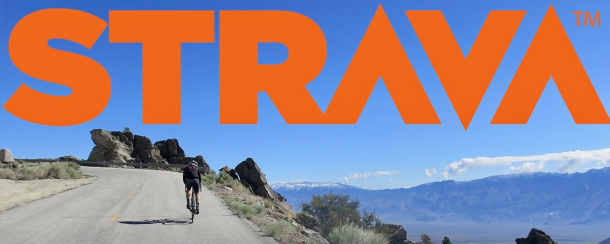
Whether to buy from a local retailer, or from an overseas online merchant, often depends on the perceived need for after-sales support. An item may cost more locally than it does online, but you can expect easier access to support from a local retailer than you would from an offshore online merchant.
However, buying locally does not guarantee after-sales suport. A recent post on social media highlighted such a situation. An individual had bought a new bicycle frame from a local seller. When the frame developed a fault, the seller told the buyer that he had to sort out a warranty claim himself.
The seller was a parallel importer, and not an authorized retailer for that brand of bicycle frame. In the eyes of an uneducated consumer, the only difference between a parallel importer and an authorized retailer is that the parallel importer can offer a cheaper price than the authorized retailer can.
Unfortunately for the consumer, there is downside. A downside which can have a major consequence, as the seller referred to above found out, at considerable personal cost.
What is parallel importing? Parallel imports (sometimes referred to as gray market goods) refer to branded goods that are imported into a market and sold there without the consent of the owner of the trademark in that market.

In the example cited above, the trademark owner has appointed authorized retailers for its bicycle frames in Hong Kong, and in Malaysia. A parallel importer had acquired the trademark owner’s frames in Hong Kong, and brought them into Malaysia.
Consumers in Malaysia thus have the choice of buying the trademark owner’s frames from a local authorized retailer, or buying an identical frame from a parallel importer. The attraction of the parallel import, as I mentioned above, is the lower, often significantly lower, price.
What is the downside? The downside is that the parallel importer cannot provide any after-sales service.

Cartoon courtesy of Ted Goff
The authorized retailers in Malaysia will not provide any after-sales service either, as the frame was not bought from them.
In this case the buyer’s only option was to contact the trademark owner himself. The only assistance given by the parallel importer was to advise the buyer to tell the trademark owner that he had bought the frame in Hong Kong. I can only assume that this was to cover up the fact that it was a parallel import.
The trademark owner’s response was predictable. Bring the damaged frame to their retail shop in Hong Kong for warranty procedures. The parallel importer’s response, when the buyer shared with him the trademark owner’s reply, was also predictable.
“You have to pay for the shipping.”










